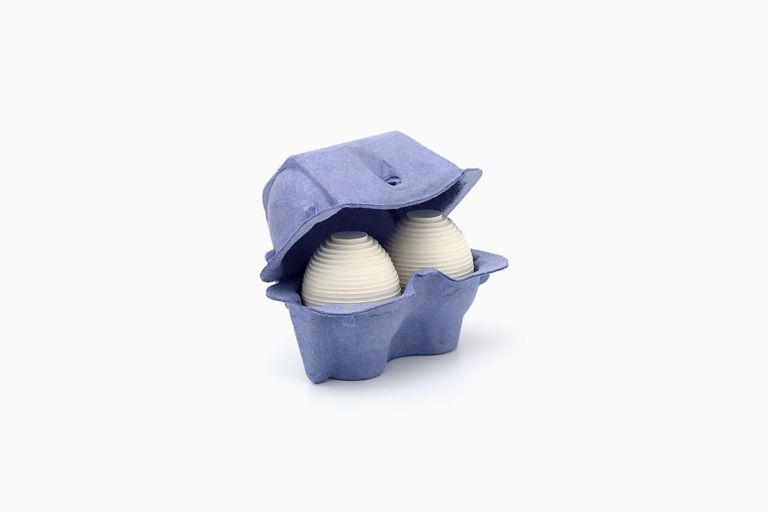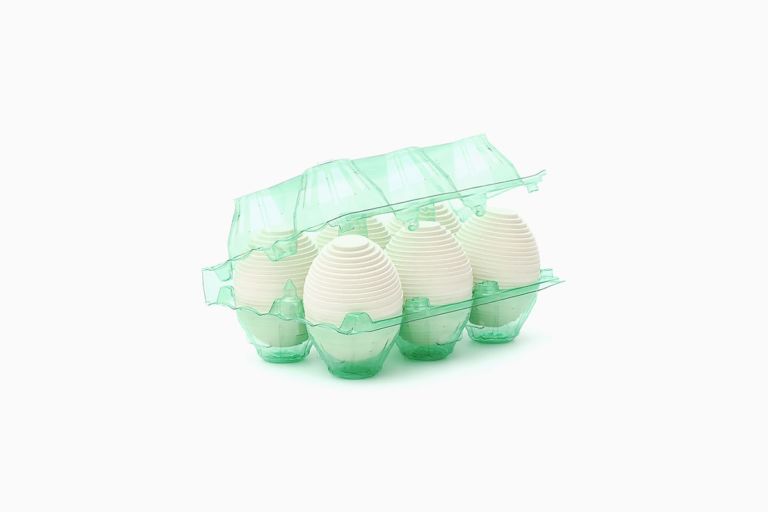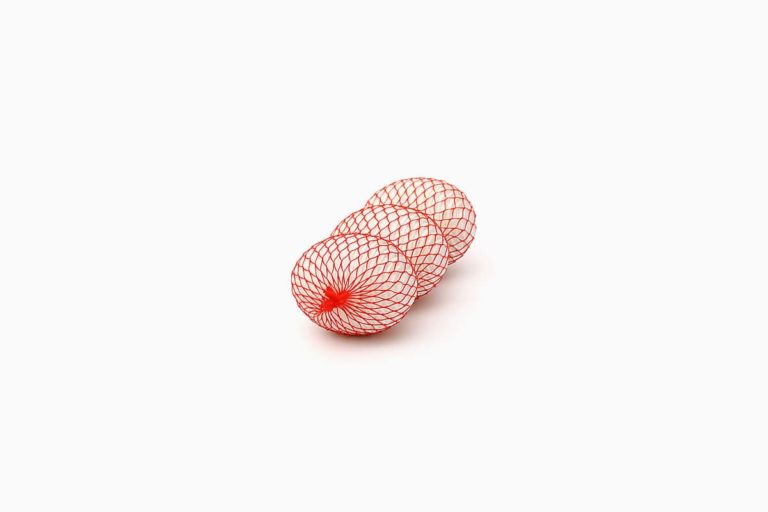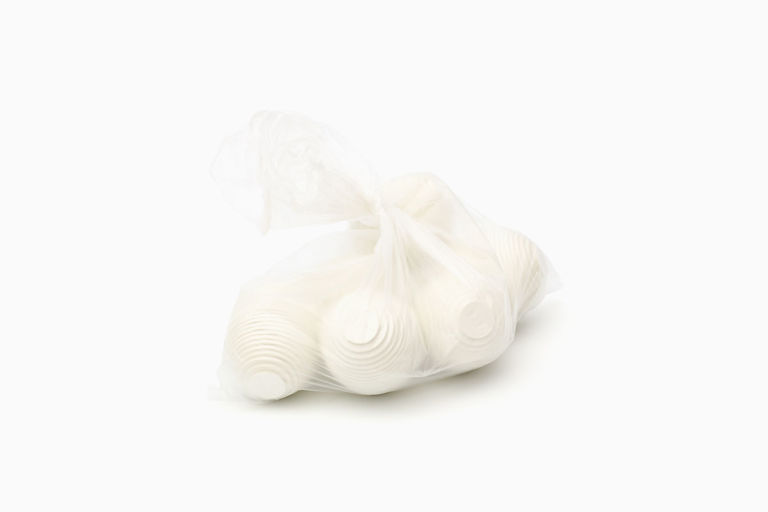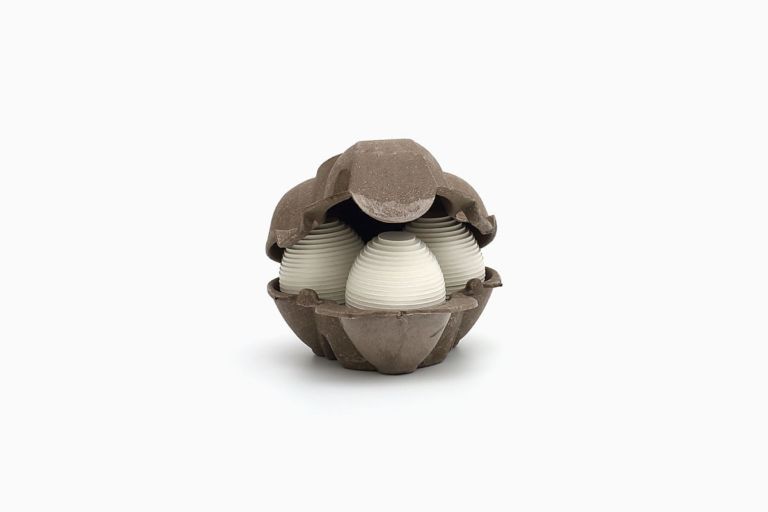Oeufre
2016 & 2017
Conservation matboard, adhesive, plastic egg trays. Hand cut and assembled, 30x30x50cm. 57 photographs on Hahnemühle FineArt Pearl 285 gsm, 42 x 29.7cm each.
Today’s commercial laying hens have been selectively bred for hyper-production. Reduced to mere production units, some improved breeds can lay over 300 eggs in a year – almost an egg a day. Kept in cramped battery cages, the vast majority of egg laying hens around the world spend their lives in total confinement. With barely any room to fully stretch their wings, they are unable to express even the most basic of natural behaviors.
Since art has become a commodity along with everything else, artists have been forced into the role of producing rather than creating. Some have traded quality for quantity and postponed their creative freedom to meet market demands. At the same time, there’s a prevailing idea that artists are doomed to lead a precarious existence and a lifetime of struggle. Most artists do not receive a fair compensation for their work and sometimes are even expected to sell below production costs.
Under these extreme conditions, both hens and artists are more likely to exhibit destructive behavior patterns. That is to say, they might start plucking their feathers, or aggressively pecking their flock mates. These findings can be easily extrapolated to society at large, though. The two reference groups represent only a small part of a growing number of individuals who end up paying the high price of low cost.
I wish I were a chicken
For my project «Oeufre» I decided to take on the role of a commercial laying hen. To get a sense of its life, I set out to produce an egg almost every day throughout 2016. To yield 300 eggs meant I had to manually cut and assemble a total of 8400 cardboard circles. Each egg took me about three hours to craft. As the project progressed, I could clearly feel my performance spiraling downward.
On completion of the 12-month production process, I photographed my cardboard creations in different egg boxes from all over the world. As always, the right packaging for a product can make the difference. Consequently, motifs vary both in price and edition size, depending on the origin and number of eggs depicted. Buyers are free to choose between organic, pastured, free-range, cage-free or battery eggs.
With that in mind, the project aims at unmasking the perverse excesses of a purely profit-oriented production. While relentlessly pushing more and more individuals into precarious work, we all too often confuse quantity with quality, production with creation and price with value.
Below, you can download a catalogue of all pieces available for purchase. If you have any questions, just ask.


